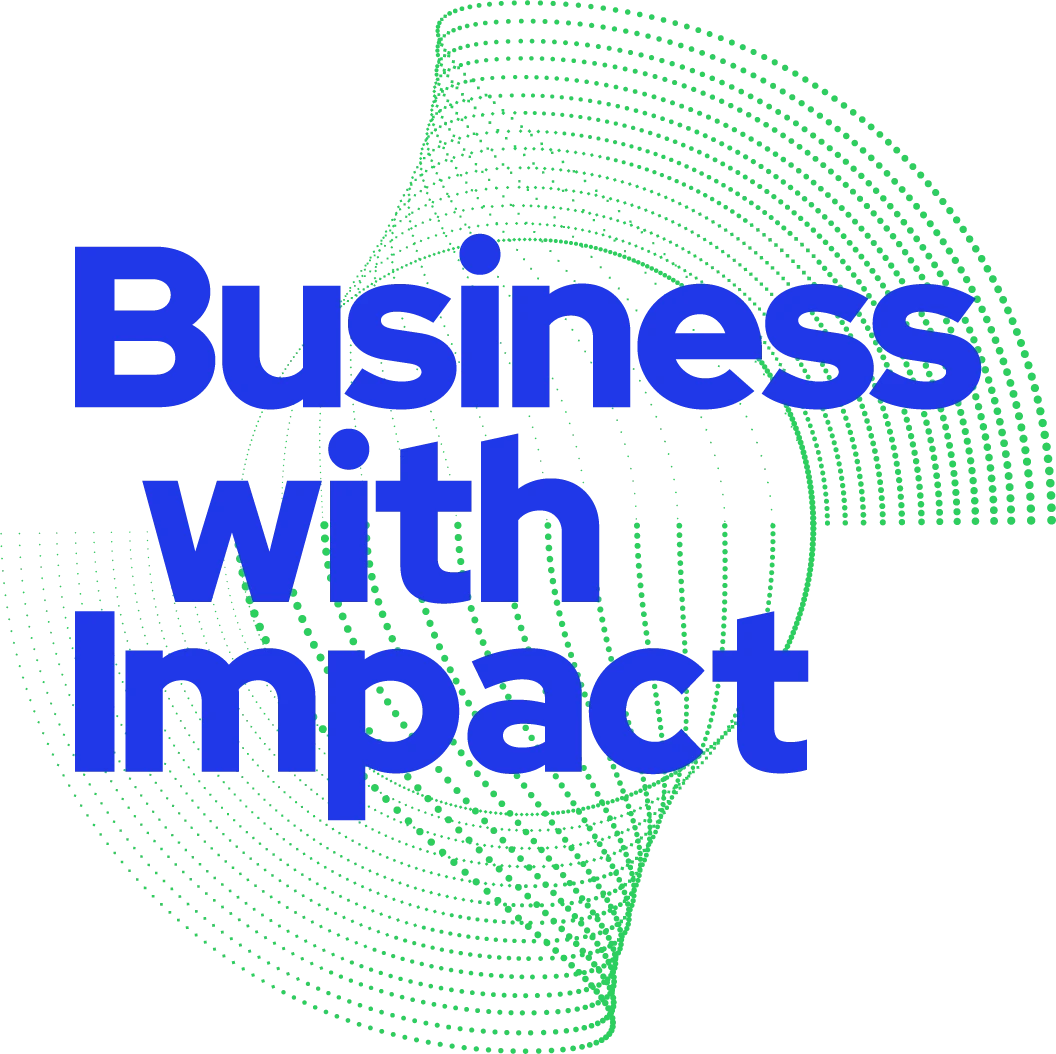“Can we afford the green transition when our welfare system is under pressure?” I heard someone raise the question in the news yesterday. Similar questions come up regularly in companies.
But if you experience that it is a choice between the green transition and delivering whatever you deliver, then you are not going about it the best way.
There is a clear tendency to approach the green transition as a Greentech exercise with a focus on shifting to renewable energy, electric vehicles and similar technical upgrades or changes that typically require solid upfront investments and it tends to replace existing equipment that it might or might not be an ideal time to replace.
But there is MUCH MORE to it than that.
Working with sustainability (and here I prefer circular economy as the toolbox) can solve a range of the classic issues business leaders are facing like the need for cost reductions, increase in sales, customer loyalty, attracting and maintaining talent, productivity increases, innovation and so on.
Or to put it in another way – the sustainability agenda is directly tied to the traditional business agenda. It is NOT something separate.
And this also goes for public agencies like municipalities where the opening quote is from.
Top 5 problems
A very simple but incredibly effectful way to approach the whole agenda is to start by defining and writing down the top five problems you are facing in the business – not just in terms of sustainability but in general. And then do the same for the top five problems for your ideal customer.
These ten problems (or most likely less as some of them will be similar) are your list of problems to try to solve through your sustainability efforts. With this approach, every step will be highly valuable and it will kill all discussion about whether you can afford to work on the green transition or not – as this is now a question of working on mission-critical issues. Only now using a new toolbox that is better connected to the world we live in and the expectations and needs of your stakeholders, and that offers different solutions that what you are used to and have probably already tried.
Mapping the potential next steps
The next step is to map out the potential steps and here I recommend using the five disciplines within the circular economy. The mapping exercise is best done with a small group of people. How many will depend on your business setup and size, but it is essential to include people with competencies and solid insight into:
Your operational practices (products, raw materials, manufacturing and waste).
Customer and other market insights.
Strategies and plans for the future.
Your history.
Sustainability initiatives.
There should also be people with the power to make decisions.
This often means a group of approximately five to ten people in total. You will also need to appoint someone to facilitate the process. This person can be internal or external but, ideally, someone who knows the circular economy fairly well to be able to give brief introductions to each of the five disciplines along the way.
The mapping exercise
Set aside a full day with the team and make sure you can dedicate your energy and minds to the task. I normally start with revisiting the mission/vision/purpose statement (if you have such a thing) to bring everyone’s attention to the bigger picture. Likewise, it is part of the introduction to recap the key elements of the successful circular business mindset. Then, you go through each of the five disciplines one by one with the aim of coming up with as many ideas as you possibly can as to where you could utilize that discipline to create results in your business. Create a range of questions for each discipline to help the participants. If you need inspiration for what kind of questions you could ask, you can find it in chapter 5 of my book Making Sustainability Profitable.
Spend 30-45 minutes brainstorming and 15-20 minutes sharing ideas on each discipline. Write down all ideas that come up. I recommend using Post-its because you will need to move them around once the brainstorming is done. If you work remotely, you can use online tools for this like Miro.com, Asana.com or Mural.com. It is quite normal for a company to have varying degrees of ideas and potentials in the different disciplines so it can be worth spending more time on some than on others. This step is normally a fun and inspirational day with some ‘aha’ moments, so look forward to a good day with the team. Enjoy it and don’t be surprised if you find some very valuable ideas along the way!
And remember it all comes down to creating business value with embedded environmental impact.




